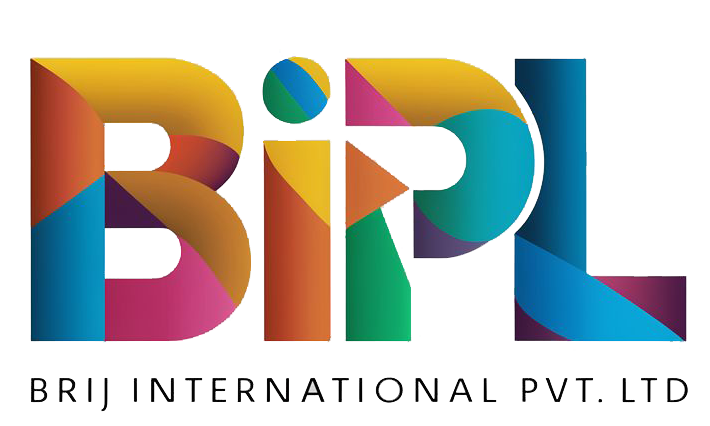Excipients
Excipients are inactive substances that serve as carriers for the active ingredients in medications.
| Ascorbic Acid |
| Ascorbic acid, commonly known as Vitamin C, is an essential nutrient that the body needs for various functions. It is a water-soluble vitamin found in citrus fruits, berries, and vegetables. Vitamin C is crucial for the repair of tissue, the formation of collagen, enzymatic production of neurotransmitters, and immune system function. Additionally, it acts as an antioxidant, protecting cells against free radicals that may contribute to diseases like heart disease and cancer. Vitamin C is used to prevent and treat scurvy, a condition caused by vitamin C deficiency, and is available in various forms like capsules, tablets, lozenges, and liquid drops for oral consumption. |
Benzyl Alcohol
Benzyl Alcohol is utilized as a bacteriostatic preservative in intravenous medications, cosmetics, and topical drugs at low concentrations. Additionally, it has been used effectively in treating head lice infestations as an active ingredient in lotion shampoo formulations.
HPMC K4M
HPMC K4M stands for Hydroxypropyl Methylcellulose K4M, which is a medium viscosity hydroxypropyl methylcellulose used in various applications. It is a water-soluble cellulose ether that can form reversible gels above a specific temperature and is commonly used as a thickener, adhesive, binder, suspension agent, film-forming agent, water retention agent, protective colloid, and stabilizer. This compound is known for its ability to increase tack, form transparent and flexible films with oil barrier properties, and provide a range of functionalities across different pH levels.
HPMC EIS
HPMC EIS stands for Hydroxypropyl Methylcellulose Electrochemical Impedance Spectroscopy. This technique is used to study the corrosion inhibition characteristics of derivatives of the biopolymer hydroxypropyl methylcellulose (HPMC), such as hydroxypropyl methylcellulose phthalate (HPMCP). EIS fitting results and contact angles of HPMCP and HPMCAS coated electrodes are analyzed to understand the behavior of these materials in inhibiting corrosion. The use of EIS allows researchers to investigate the electrochemical properties and performance of HPMC-based materials under different conditions, providing valuable insights into their corrosion inhibition mechanisms.
HPMC K100M
HPMC K100M stands for Hydroxypropyl Methylcellulose K100M, which is a high-purity, water-soluble cellulose derivative used in various applications, including pharmaceuticals and food products. It is a versatile excipient known for its role in controlled-release dosage forms and as a general thickener and stabilizer in foods and beverages. Additionally, HPMC K100M has been utilized in formulations for drug delivery systems, providing controlled release characteristics in pharmaceutical tablets.
Liquid Phenol
Liquid phenol refers to phenol in its liquid form. Phenol, also known as carbolic acid, is an aromatic organic compound with the molecular formula C6H5OH. It is a colorless liquid when pure, but can appear pink or red. Liquid phenol is combustible and must be heated before ignition can occur easily. It is soluble in water and has various uses, including as a disinfectant, antiseptic, and in industrial processes like the production of plastics, adhesives, and pharmaceutical drugs.
Mannitol
Mannitol is a type of sugar alcohol that is used both as a sweetener and a medication. It is commonly employed as a low-calorie sweetener due to its poor absorption by the intestines. Medically, mannitol is utilized to reduce pressure in the eyes, treat conditions like glaucoma, lower increased intracranial pressure, and promote diuresis before irreversible renal failure becomes established. It belongs to the osmotic diuretic family of medications and works by pulling fluid from the brain and eyes.
Sucralose
Sucralose is an artificial sweetener and sugar substitute that is about 600 times sweeter than sucrose (table sugar). It is a nonnutritive, zero-calorie sweetener produced by chlorination of sucrose, where three chlorine atoms replace three hydroxyl groups. Sucralose is commonly used in various food and beverage products as a sugar replacement due to its sweetness, lack of calories, and safety for consumption by both diabetics and non-diabetics. This artificial sweetener is heat-stable, making it suitable for use in baked goods as it retains its sweetness even at normal baking temperatures. Sucralose has been approved for use in numerous countries and is considered safe by global health authorities such as the FDA, EFSA, JECFA, and others.
Sodium Starch Glycolate
Sodium Starch Glycolate is the sodium salt of carboxymethyl ether of starch, which is used as a pharmaceutical grade dissolution excipient for tablets and capsules. It is a white to off-white, tasteless, odorless powder that absorbs water rapidly, leading to swelling and rapid disintegration of tablets and granules. Sodium Starch Glycolate acts as a disintegrant, suspending agent, and gelling agent in pharmaceutical formulations to ensure proper dissolution and absorption of active ingredients.
| Talcum Powder |
| Talcum powder, also known as talc, is a mineral composed of hydrated magnesium silicate with the chemical formula Mg3Si4O10(OH)2. It is commonly used in various products such as cosmetics, baby powder, and pharmaceuticals. Talc has been utilized in baby powder to prevent diaper rash, but there are concerns about its safety, particularly related to respiratory risks if inhaled, leading to breathing difficulties and lung damage. |
Xanthan Gum
Xanthan gum is a polysaccharide commonly used as a food additive with various industrial applications. It is known for its effectiveness as a thickening agent and stabilizer, preventing ingredients from separating. Xanthan gum is produced through fermentation from simple sugars and is derived from the Xanthomonas campestris bacteria. It is widely used in food products like salad dressings, sauces, bakery goods, and gluten-free products to improve texture, consistency, and shelf life.
